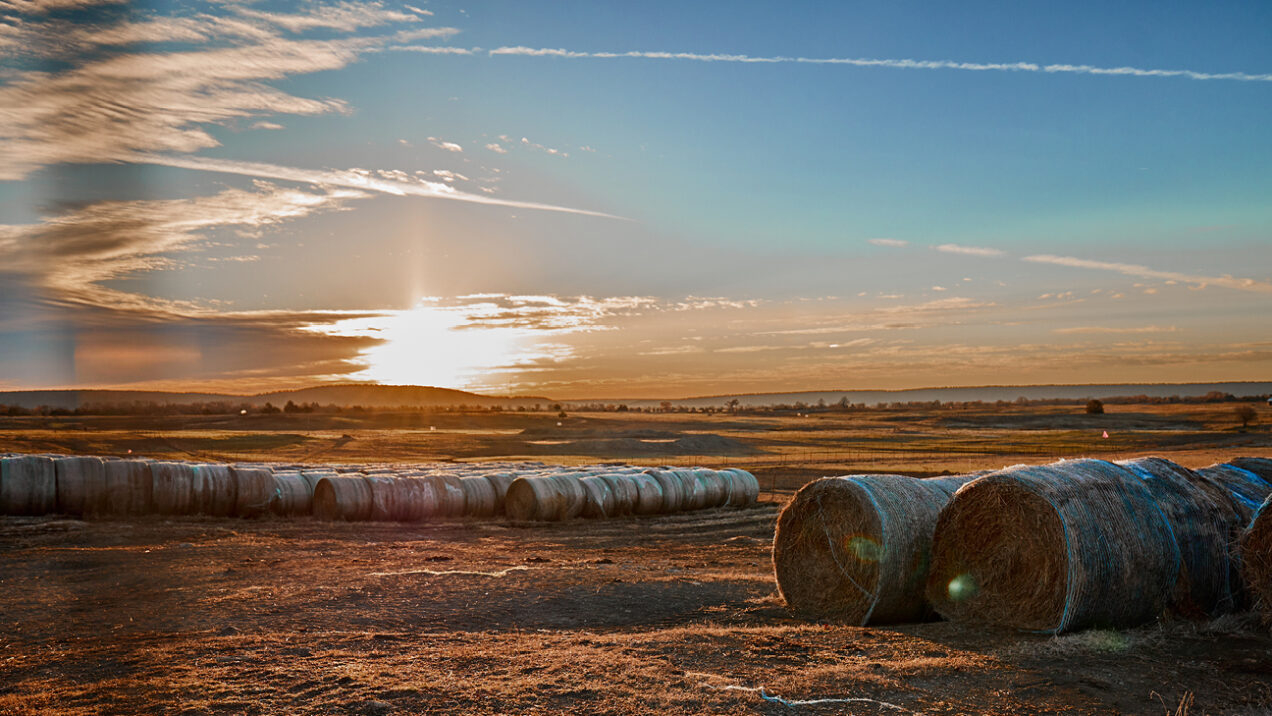It’s no secret we use a lot of acronyms in our day-to-day activities. Sit down and watch TV for a minute and you’ll notice just how common they are in our conversational language. Many we already know without looking them up, but some are a bit more covert and may require Google or Wikipedia to explain their meaning.
What I find interesting is, depending upon circumstances, sometimes there are multiple meanings that bridge various stakeholders. Thus, what might be a common acronym to you could easily be interpreted completely differently by someone else.
For example, many people (probably most) would interpret the acronym “AAA” as a reference to the American Automobile Association. However, if you Google “AAA,” you will find many other references, such as American Arbitration Association, American Accounting Association, American Anthropological Association, etc., etc., etc. It’s not ’til way down the page you finally come to what I interpret AAA to mean: the American Angus Association.
The other day, I heard the radio broadcaster mention “how important AI will be in the future.” Obviously, he was not referring to artificial insemination – as I and most other ranchers would interpret – but to artificial intelligence, or machine learning, which is becoming more and more of a talking point in today’s environment. Regardless of your feelings towards either, both will impact agriculture moving forward and deserve to be on our radar as to how we can utilize them to become more efficient and help to either lower costs or increase revenue streams.
The Choctaw Nation has been implementing artificial insemination (AI-) for the last five years, predominately to assist with our replacement heifer conception and overall maternal attributes. The true benefits of implementing this practice will be varied on circumstances such as herd size, marketing plan and management philosophy, while matters such as access to labor, heat detection and inadequate working facilities can be overcome with fixed-timed application and utilizing contract technical services with portable facilities. The point here is that, although we have moved past many of the traditional barriers that have limited AI’s (artificial insemination’s) deployment – just because you can doesn’t necessarily mean you should use it if you don’t also have the management and marketing approach to ultimately be successful.
Although, currently more available in row cropping/precision farming, the same can be said for Artificial Intelligence (AI) technology as it becomes more available in the future for natural resource management. The Choctaw Nation is implementing and pursuing greater utilization of automated data collection in the natural resource space via unmanned aerial vehicles (or UAV – another acronym for you), electronic identification (EID – another one) and novel spatial software which can distinguish basic attributes to assist in managerial decision-making, such as hay bales, animal species and body condition. A very basic example beyond “conceptual ideas” are automated UAV flights that can count cattle in a targeted “geofence” (i.e. pasture, pen, lot, etc.) to cut down on labor needs, and potentially will someday assist in identifying sick cattle, finding lost cows or even by making routine fence inspections.
This technology is coming, and while the potential is great, we must be ready to “pump the brakes” and do a little self-reflection first: always ask yourself beforehand, “Do the benefits outweigh the cost?” Oftentimes, technology is deployed more for the “WOW-factor” rather than for practical application. Considering it’s estimated only about 10% of US beef females receive artificial insemination, it would seem we have some work to do before we confuse the two definitions of AI.
